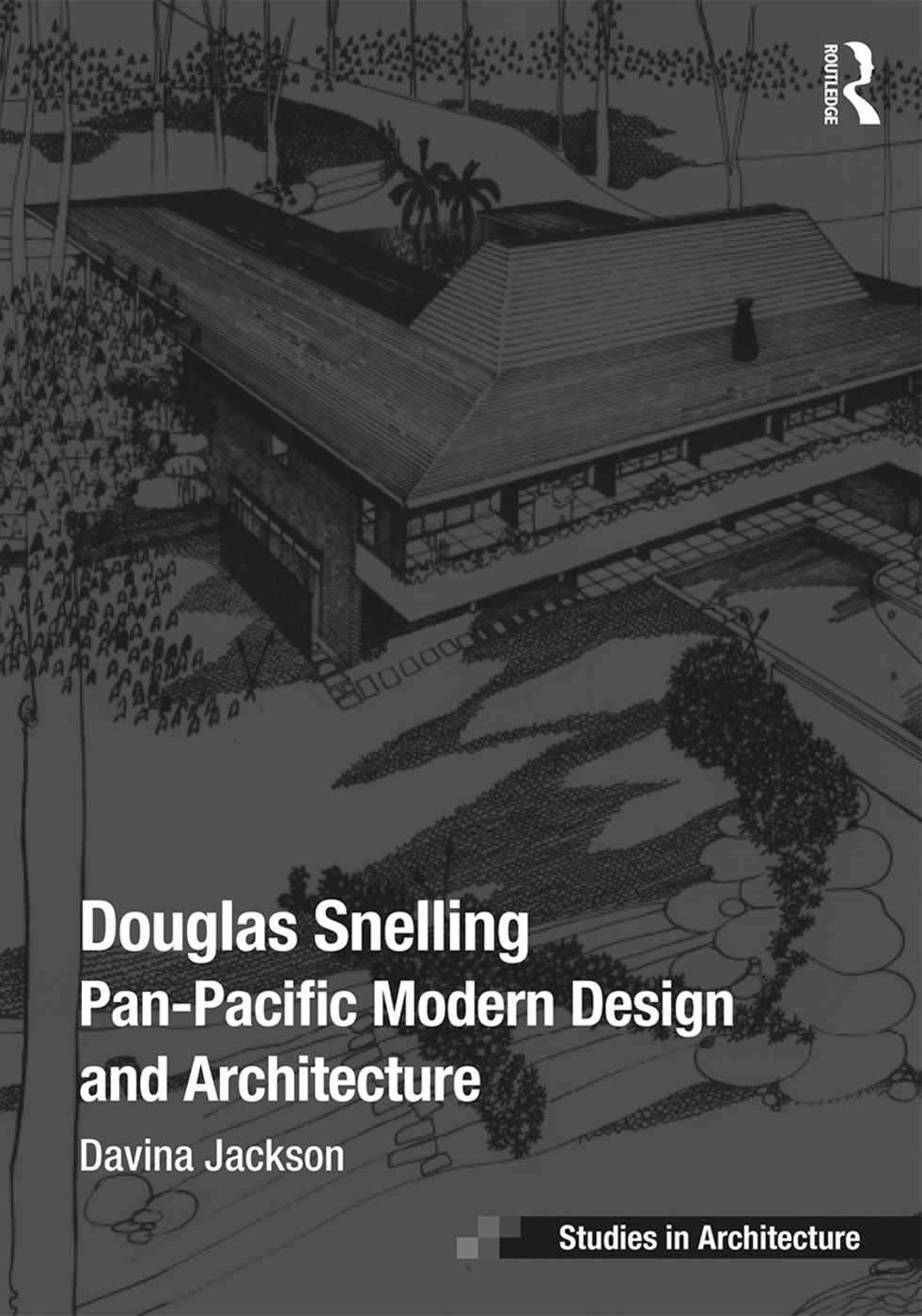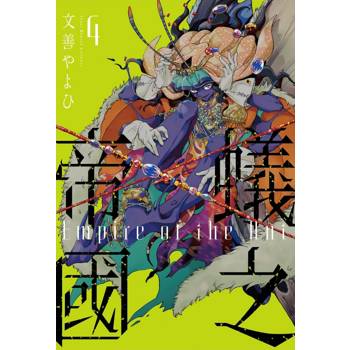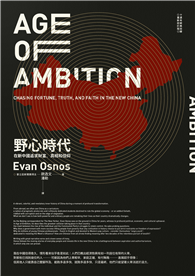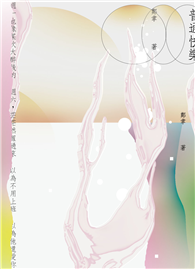| FindBook |
有 1 項符合
Douglas Snelling: Pan-Pacific Modern Design and Architecture的圖書 |
 |
Douglas Snelling: Pan-Pacific Modern Design and Architecture 作者:Jackson,Davina 出版社:Routledge 出版日期:2016-11-25 語言:英文 規格:精裝 / 17.8 x 24.8 x 2.5 cm / 普通級 |
| 圖書館借閱 |
| 國家圖書館 | 全國圖書書目資訊網 | 國立公共資訊圖書館 | 電子書服務平台 | MetaCat 跨館整合查詢 |
| 臺北市立圖書館 | 新北市立圖書館 | 基隆市公共圖書館 | 桃園市立圖書館 | 新竹縣公共圖書館 |
| 苗栗縣立圖書館 | 臺中市立圖書館 | 彰化縣公共圖書館 | 南投縣文化局 | 雲林縣公共圖書館 |
| 嘉義縣圖書館 | 臺南市立圖書館 | 高雄市立圖書館 | 屏東縣公共圖書館 | 宜蘭縣公共圖書館 |
| 花蓮縣文化局 | 臺東縣文化處 |
|
|
圖書介紹 - 資料來源:博客來 評分:
圖書名稱:Douglas Snelling: Pan-Pacific Modern Design and Architecture
內容簡介
Douglas Burrage Snelling was one of England’s most significant emigré architects and designers, a leading mid twentieth century interpreter of New York design and southern California lifestyle innovations across the Pacific region. This is the first comprehensive study of the life, work and trans-disciplinary significance of Snelling, an English-born, New Zealand-educated, Australian architect and interior and furniture designer who led antipodean interpretations of southern California innovations in modern design, architecture and Polynesian-influenced American ‘tiki’ cultural themes. The book provides a critical examination of this controversial and previously neglected proponent of pan-Pacific modernism, revealing him to be a colourful and talented character who made important contributions to post-WWII culture, architecture and design in Sydney. It illustrates the diversity of his design work and innovations. He became a key Australasian exponent of 1930-40s Hollywood graphic and set design trends and, inspired by California architect Gordon Drake, he intelligently interpreted in mid-century Sydney the organic architecture and landscape concepts originated by Frank Lloyd Wright in Chicago. Snelling’s architecture included the largest luxury residences in Sydney in both the 1950s and 1960s, as well as prestigious commercial buildings and interiors; he assembled an oeuvre of around 70 projects. These sometimes included integrated landscapes inspired generally by the works of Garrett Eckbo in Los Angeles. He built the world’s second (and Asia-Pacific’s first) ‘infinity’ (spill-edge) swimming pool, technically advised by the California modernist progenitor of these pools, John Lautner. With his pseudo-thatched tribal roof styles for built residences and resort concepts from the mid-1960s to the early 1970s, Snelling was a pioneer of the Asia-Pacific architectural movement known as ’Indigenous Modernism’. Despite this wealth of other creative work, he remains most famous for his 1945-48 ‘Snelling line’ of furniture: chairs, tables and storage units which sold widely across Australia until the mid-1950s. Extensive primary research on Snelling’s multinational life, including visits to all his surviving South Pacific buildings, interiors, furniture and landscapes, with interviews with more than 100 of his associates and family, have clarified his international significance and unique achievements.
|











